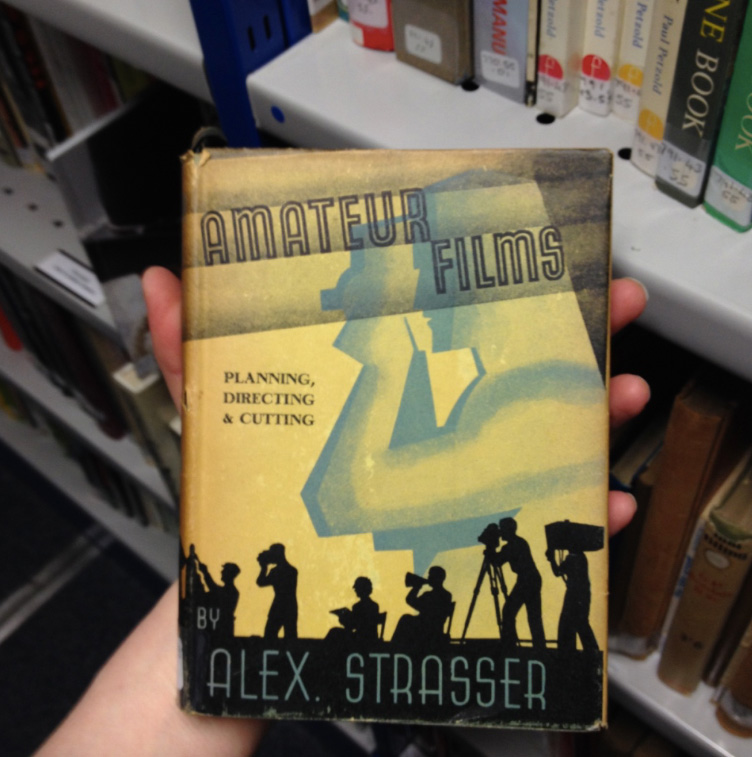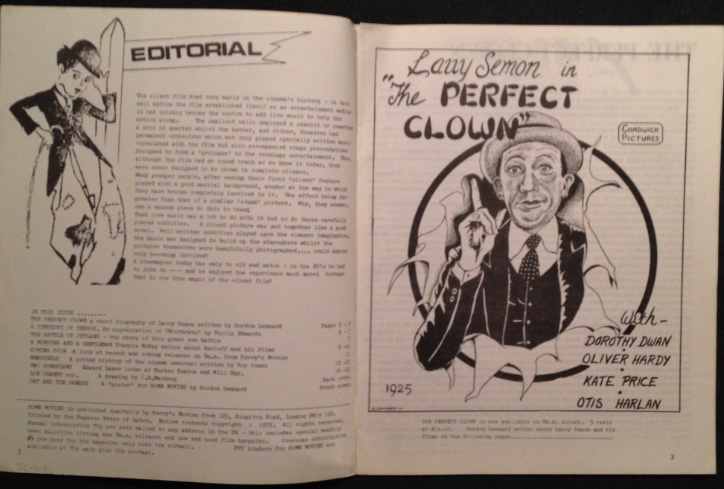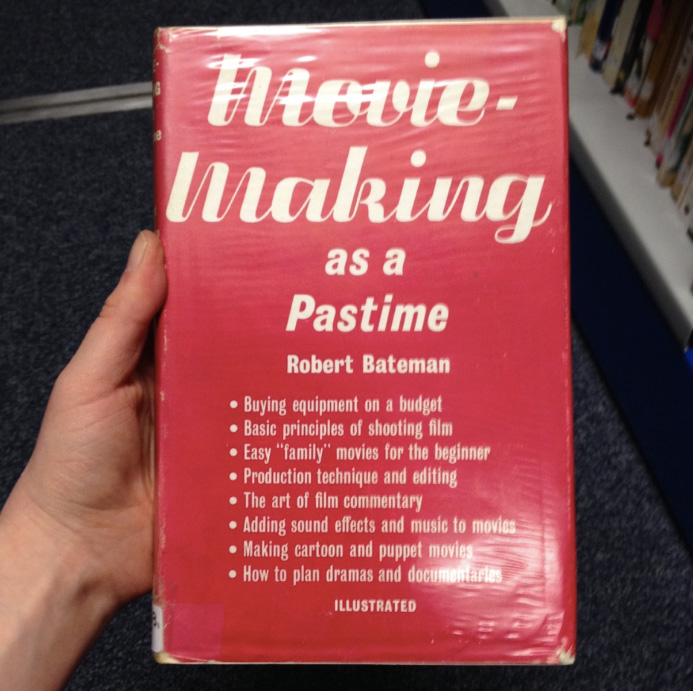Here at the National Science and Media Museum we have an amazing library of books and journals, most of which have been catalogued by a dedicated team of volunteers.
When I asked our Associate Curator of Film, Toni Booth, about book and journal recommendations, she suggested I look at amateur film-making as a starting point. This turned out to be a great idea. As you can see, we have plenty of relevant materials on the shelves.

I picked out a few books for a closer look.

Alex Strasser published several titles for film-makers and started out as an amateur in Berlin during the 1920s. The book is has been translated into English, and coincidentally features a foreword from Andor Kraszna-Krausz, whose archive we hold here at the museum. First published in 1937, Amateur Films provides a practical guide to film-making, as do likeminded journals from the 1930s such as Home Movies and Home Talkies (below).

This series of journals gives a wonderful insight into the early days of home movie making, and includes sample scripts, detailed instructions and tips on how to capture special moments on film. I love the ethos of publications such as this, which was to encourage people to learn new skills and experiment with ideas.

This sounds like a fun family project for Christmas! I found myself wondering who might have been reading this journal, and what happened to the films they made. Do any survive?
The next journal I have chosen has an amazing cover, but was not actually published in 1927, as the label below the illustration seems to imply.

Most of our copies of Home Movies are from the 1970s. The pages are typewritten, illustrations are all in black and white and the publications vary in size from A6 to A4. Some are printed on bright yellow paper and there’s a real hand-made feel to these publications in contrast to some of the sleeker big-name industry magazines we hold.

I think the illustrations in this series are beautiful, and, although aimed at amateurs, many of these journals featured articles about industry professionals and the work of film studios—a kind of ‘tips from insiders’ approach. Given the enduring popularity of cinema and film-making, it’s not surprising that there has long been a market for movie making instruction guides.

Naturally, the big camera manufacturers were keen to promote widespread use of film-making technology. Given our substantial Kodak Collection, it feels appropriate that we also have the Kodak Home Movie Guide. Indeed, many journals and books featured adverts from film and photography equipment manufacturers—see below:


Robert Bateman was a professional TV commentator who announced some of the earliest ITN news bulletins. A keen amateur film-maker himself, Bateman writes engagingly about turning everyday experiences into watchable footage, for instance:
‘A trip to the seaside by car, for instance, can be dismally dull for the audience, unless properly handled, for in itself, an outing of this kind has hardly any story.’ p.25
With emphasis on how to make the most of limited resources, this sort of literature made technologies such as film cameras and recording equipment more accessible to a wider audience. Not only that, but writers also advised on developing creative skills in writing, direction and concept development.
But it wasn’t all about simply making films. How might you show the results?

Gilmour’s love of cinema began in Scotland, where he grew up and ran a local cine club. He later worked as a film projectionist and in the photography business, as well as serving as Honorary Secretary of the Plymouth Amateur Cine Society in 1952. He wrote for trade magazines and shot his own movies. The above book is part of a series that covers the various stages of using a cine camera to create a film, including selecting and using equipment as well as the intricacies of production.
But as film-making becomes easier and more available to more people, where does this leave the book and journal writers of the future?

Film and Video Maker is one of the contemporary titles we hold, along with the book below. It includes articles on choosing your own microphones, interviews with industry professionals and how to get your work shown at public venues and festivals.

Amateur film-making is more popular than ever. Many people have smartphones with cameras, as well as posting short films on YouTube and other platforms, which, for some, facilitate the blurry transition between amateur and professional. Film-making tips are shared online, although books and journals on the subject are still produced. The history of film is just as much about amateur film societies, home movie makers and DIY enthusiasts as it is about big studios and blockbuster movies. This all contributes to the rich and dynamic history of film, and if you have any journals or books relating to this that you want to donate, we’d be keen to hear from you.
Our current collection of amateur film-making books and journals would be very useful if you are:
- Interested in the history of film-making beyond big studios and professional enterprise
- Keen to learn how to use vintage equipment
- Researching how films are made
- Making your own films
- Studying or using materials made by amateurs
- Curious about some old home movies you might have inherited
Whatever your interests, I encourage you to come and see our books and journals!